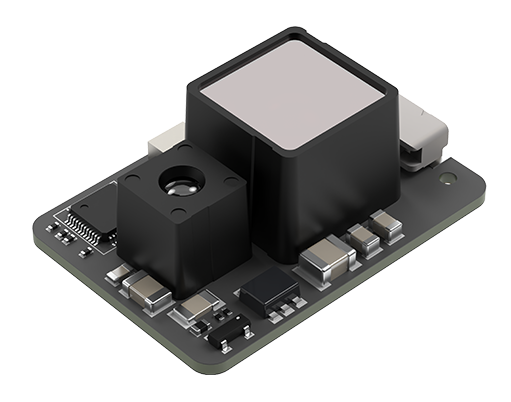Short Distance Series Product Model
Long Distance Series Product Model
Kilometer-level
Long Distance Series Product Model

2025-04-15
Our innovative LiDAR level sensors are designed to meet the demands of industries such as construction, agriculture, and environmental monitoring. To ensure you get the most out of your dToF sensor, it's important to optimize its performance. This article discusses effective strategies to maximize the efficiency of your LiDAR level sensor.
Proper Calibration of the dToF Sensor
Calibration is crucial for achieving accurate readings with your dToF sensor. Without proper calibration, your LiDAR level sensor may provide inconsistent or erroneous data, resulting in poor decision-making and inaccurate analyses. To optimize calibration, ensure that the sensor is set up according to the manufacturer's guidelines.
We recommend performing calibration in a controlled environment to minimize external interference. Regularly checking and recalibrating your dToF sensor is essential, especially before critical operations or after significant temperature shifts. By keeping your dToF sensor properly calibrated, users can maintain the highest accuracy levels, ensuring reliable data collection.
Environmental Considerations
The environment plays a significant role in the performance of your LiDAR level sensor. Factors such as lighting conditions, temperature fluctuations, and obstacles can impact the accuracy and efficiency of the dToF sensor. To optimize performance, consider the following environmental precautions:
1. Avoid Direct Sunlight: Excessive sunlight can affect the sensor's readings. Whenever possible, try to operate the dToF sensor in shaded areas or during times when sunlight intensity is lower.
2. Minimize Physical Obstructions: Objects like trees, buildings, or other structures can obstruct the laser signal, leading to inaccurate measurements. Position your dToF sensor in an open area with a clear line of sight to the target measurement surface.
3. Monitor Temperature Conditions: Extreme temperatures can cause the sensor to behave unpredictably. It is advisable to operate the dToF sensor within specified temperature limits to ensure optimal performance.
By considering these environmental factors, users can significantly enhance the efficiency of their LiDAR level sensor.
Regular Maintenance and Updates
Another key aspect of optimizing your dToF sensor involves regular maintenance and keeping the firmware updated. Routine checks can identify potential issues before they escalate into larger problems. Regularly inspect the sensor for dirt or debris, which can obstruct the laser path and affect its performance.
Keeping the firmware updated is equally important. Manufacturers often release updates that improve sensor functionality, add features, or enhance compatibility with new systems. At Benewake, we provide comprehensive support and resources to help users stay informed about the latest firmware versions and maintenance practices for our dToF sensors.
Conclusion
Users may greatly improve the performance of their LiDAR level sensors by making sure that the calibration is correct, taking environmental factors into account, and doing routine maintenance. Benewake is dedicated to offering cutting-edge dToF sensors that enable consumers to acquire precise and trustworthy data.